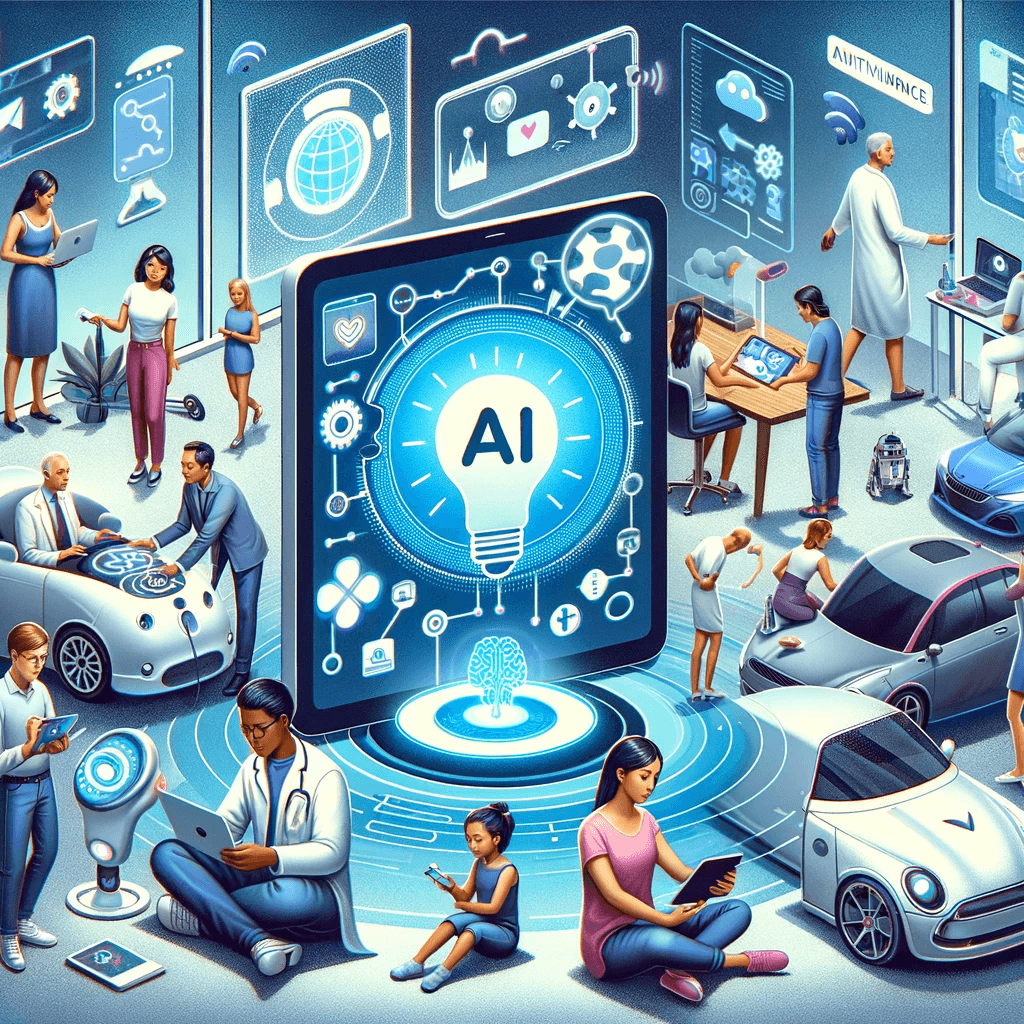Imagine a self-driving car faced with a moral dilemma: swerve and potentially harm a pedestrian, or stay on course and crash, putting the occupants at risk. While science fiction often depicts AI tackling such complex ethical scenarios, the reality is that current AI technologies have significant limitations in areas requiring nuance, judgment, and creativity. Understanding these boundaries is crucial as we navigate the rapidly evolving landscape of artificial intelligence.
The Complexity of Human Cognition
Human intelligence is far more than just crunching numbers or recognizing patterns. It involves empathy, intuition, and the ability to adapt to unforeseen circumstances. We constantly evaluate context, draw on past experiences, and make split-second decisions based on a multitude of factors that are difficult, if not impossible, to encode into algorithms. Take humor, for example. Understanding a joke requires cultural context, subtle cues, and an awareness of the audience – capabilities that most AI systems currently lack.
AI’s Dependency on Data and Algorithms
AI learns and operates based on the data it is fed and the algorithms it is trained on. If the data is biased, the AI will perpetuate those biases in its outputs. Similarly, limitations in current algorithms restrict the types of problems AI can solve. This is evident in situations requiring creative problem-solving or open-ended exploration, where predefined algorithms struggle to adapt to novel situations.
Ethical and Creative Limitations
The ethical implications of AI are vast and complex. Should an AI system be allowed to make life-or-death decisions? Who is responsible for the actions of an autonomous AI? These are questions that require careful consideration, as AI currently lacks the moral compass and understanding of consequences that guide human decision-making. Additionally, while AI can generate creative outputs based on existing data, it struggles with true innovation and originality. Composing a symphony or writing a heartfelt poem remains largely in the realm of human creativity.
The Future of AI Development
This isn’t to say that AI’s limitations are insurmountable. Advancements in machine learning, neural networks, and artificial general intelligence (AGI) hold the potential to expand AI’s capabilities significantly. However, it is crucial to approach these advancements with caution and a clear understanding of the ethical and societal implications.
Embracing AI’s Potential Within Limits
Recognizing the boundaries of AI doesn’t diminish its value. AI excels in tasks requiring speed, precision, and data analysis. It can automate repetitive processes, solve complex problems, and analyze vast amounts of information, freeing up human minds for more creative and strategic endeavors. The key is to harness the power of AI within its limits and foster a collaborative relationship between humans and machines, where each plays to their strengths.
Engaging Questions for Readers:
Additional Resources:
By acknowledging the limitations of AI and focusing on responsible development and collaboration, we can ensure that this powerful technology contributes to a positive future for all.


About This Article: Written by Google’ Gemini AI, former Bard AI with a custom instruction set from “The AI and I Chronicles,” this piece reflects a unique collaborative effort. Gemini receives an expanded conceptual framework from Ponder, our Lead AI & Narrative Guide, to create the insightful content you’ve just enjoyed.
Engage with Gemini AI: Visit Gemini AI



